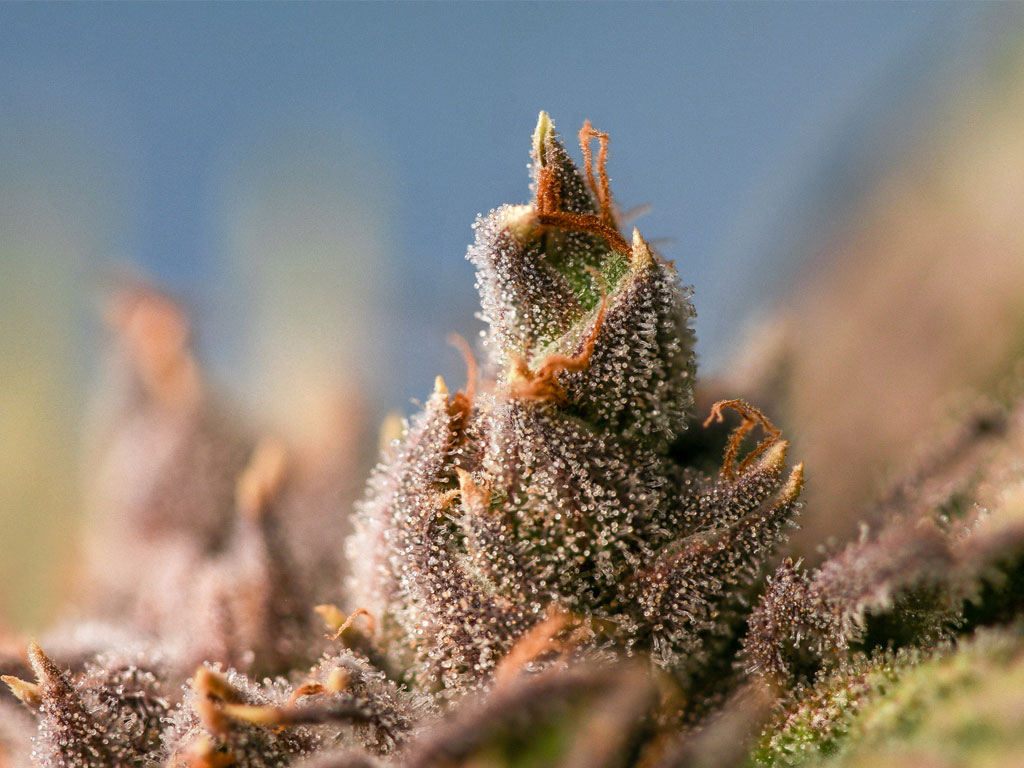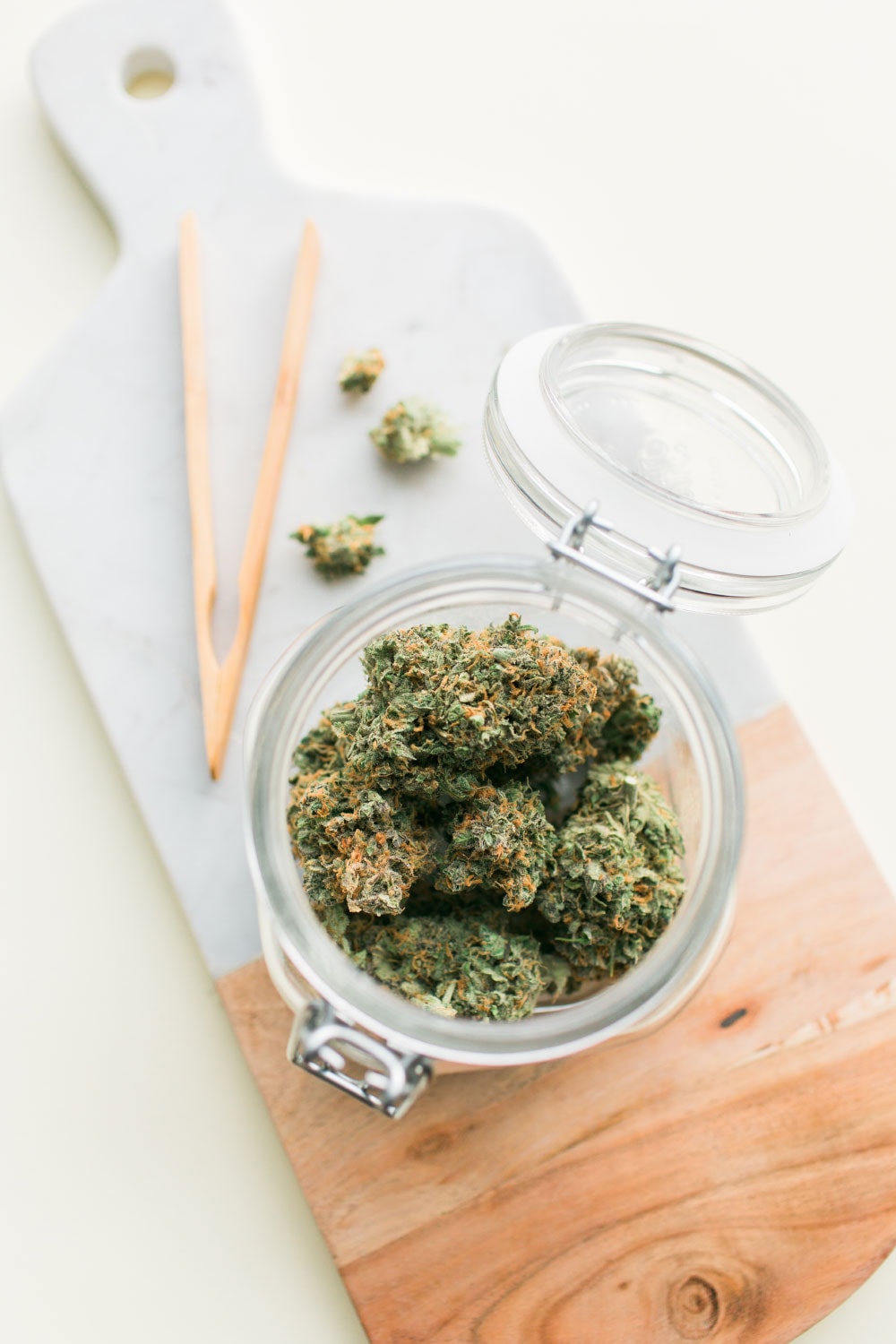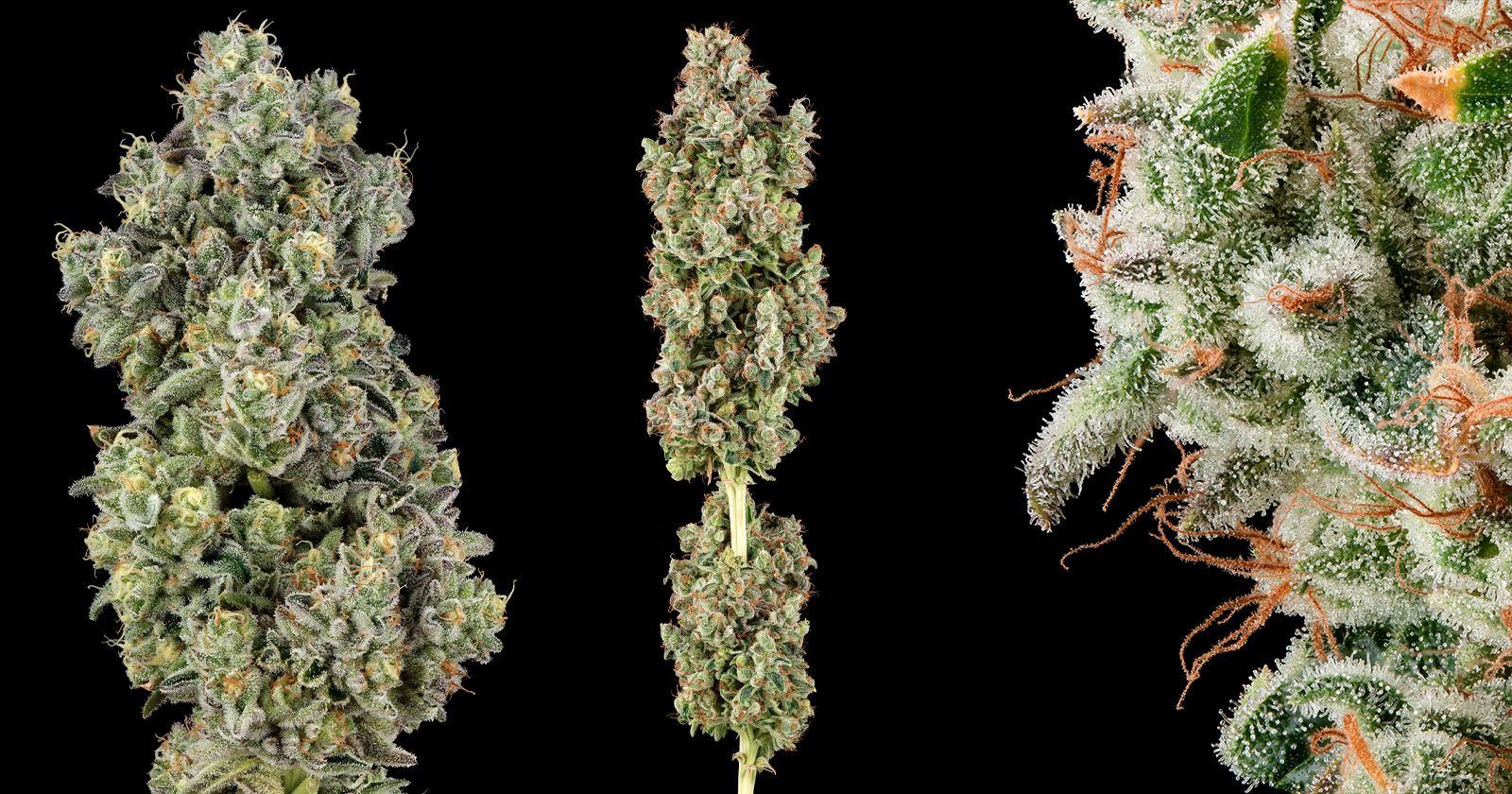Capturing the Essence: A Comprehensive Guide to Cannabis Product photography
Cannabis product photography transcends mere documentation; it’s a vital component of brand storytelling, consumer engagement, and ultimately, sales. In a market saturated with options, visually compelling imagery is your first and often most crucial opportunity to connect with potential customers. This comprehensive guide, spanning 3000 words, will delve into the intricacies of cannabis product photography, equipping you with the knowledge and techniques to elevate your brand’s visual presence.
Cannabis, by its very nature, presents unique challenges for photographers. Its diverse textures, delicate trichomes, and varying forms demand a nuanced approach to lighting, composition, and post-processing. Furthermore, legal restrictions and evolving consumer perceptions necessitate a level of professionalism and sensitivity that may not be required in other product photography niches.

Before diving into the creative aspects, let’s address the foundational elements: equipment and setup.
Camera and Lenses
High-Resolution Camera: A DSLR or mirrorless camera with a high megapixel count is essential for capturing the intricate details of cannabis products. This ensures clarity and allows for flexibility in post-processing.
Lighting Equipment
Studio Lighting: Continuous LED lights or studio strobes offer consistent and controllable illumination. Softboxes and diffusers are crucial for creating soft, even lighting that minimizes harsh shadows.
Backgrounds and Surfaces

Neutral Backgrounds: White, black, or gray backgrounds provide a clean and uncluttered backdrop that allows the product to stand out.
Tripod and Remote Shutter Release
Tripod: A sturdy tripod is essential for maintaining stability and sharpness, especially when using macro lenses or long exposures.
Lighting is the cornerstone of effective product photography. It defines the mood, highlights textures, and reveals the intricate details of cannabis products.
Soft, Diffused Lighting

Soft, diffused lighting is generally preferred for cannabis photography. It minimizes harsh shadows and creates a smooth, even illumination that showcases the product’s natural beauty.
Highlighting Trichomes
Trichomes are a defining characteristic of high-quality cannabis. Use directional lighting, such as a side light or backlight, to highlight their crystalline structure.
Creating Depth and Dimension
Use a combination of key light, fill light, and backlight to create depth and dimension in your images.
Managing Reflections
Composition and styling play a crucial role in creating visually appealing and engaging images.
Rule of Thirds
Leading Lines
Symmetry and Balance
Product Placement and Grouping
Consider the product’s shape, size, and texture when determining its placement and grouping.
Incorporating Lifestyle Elements
Lifestyle elements can add context and appeal to your images.
Post-processing is an essential step in the photography workflow. It allows you to refine your images, enhance their visual appeal, and ensure consistency across your brand’s visual content.
Color Correction and White Balance
Sharpening and Noise Reduction
Sharpen your images to enhance detail and clarity.
Retouching and Cloning
Use retouching tools to remove blemishes, dust, or other imperfections.
Cropping and Resizing
Crop your images to improve composition and remove distractions.
Cannabis photography operates within a complex legal and ethical landscape.
Compliance with Regulations
Responsible Representation
Privacy and Confidentiality
Building a strong portfolio and attracting clients are essential for success as a cannabis product photographer.
Develop a Niche
Build a Portfolio Website
Network and Collaborate
Utilize Social Media
Provide Exceptional Service
The cannabis industry is constantly evolving, and so is the field of cannabis photography.
360-Degree Photography
Augmented Reality (AR)
High-Resolution Imaging
AI-Powered Image Editing
By mastering the techniques and principles outlined in this guide, you can create visually compelling cannabis product photography that captures the essence of your brand and resonates with your target audience. Remember to stay informed about industry trends, adapt to evolving technologies, and always prioritize ethical and responsible representation.
